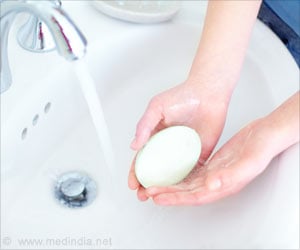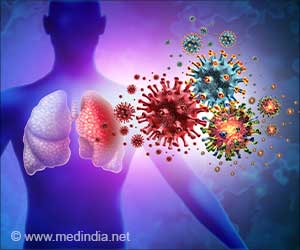Mother’s love really does not know a limit, A Lebanese Woman donated her kidney and a part of Her Liver to save her Son’s Life who was suffering from a rare metabolic disorder.
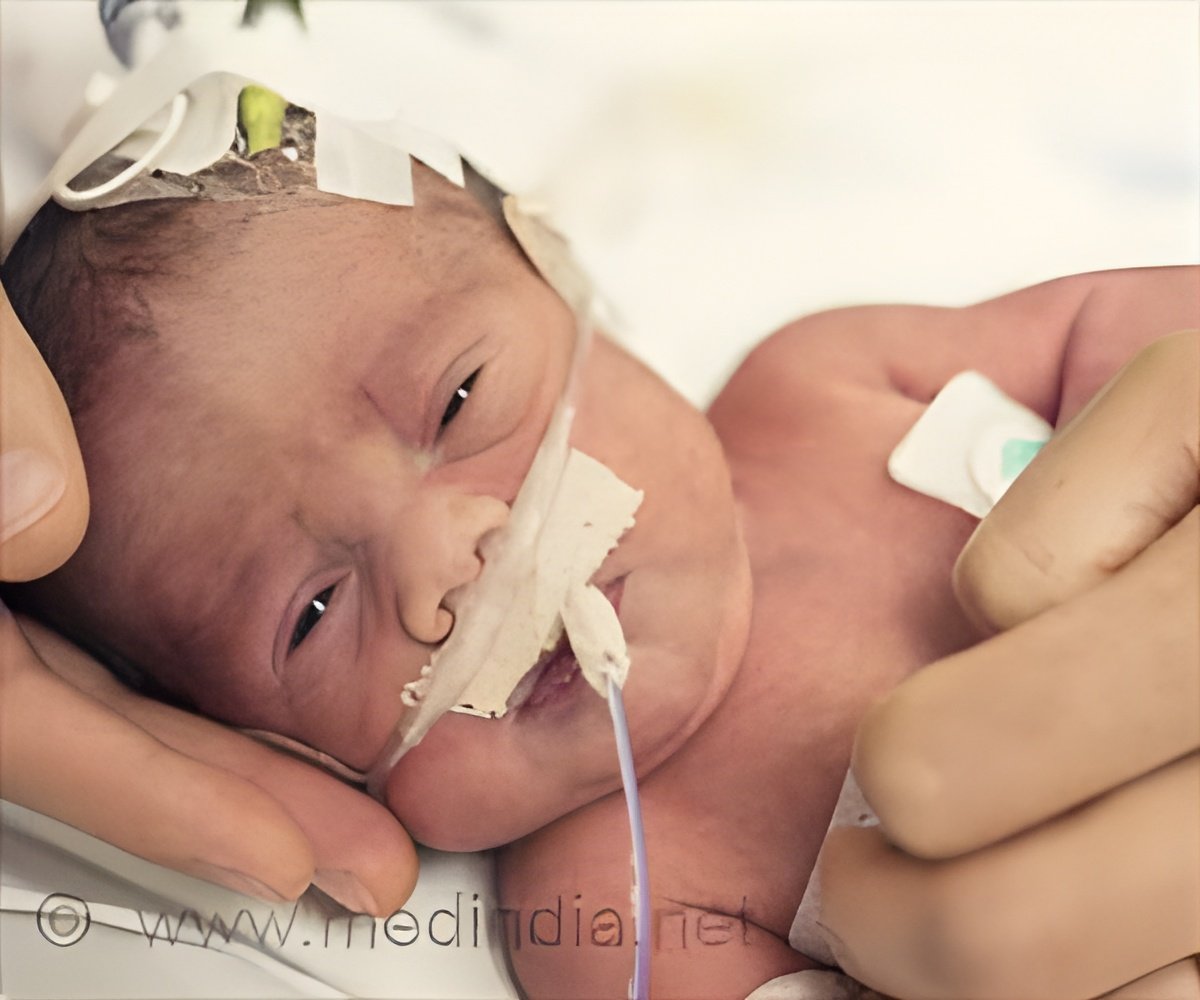
TOP INSIGHT
Danil, the 30-month-old boy was suffering from primary hyperoxaluria, a severe form of a rare metabolic disease called oxalosis, which is characterized by the formation of calcium oxalate deposits in organs and tissues
Oxalosis can cause urinary infections and permanent kidney damage, and in the most severe cases, can stunt the patient's growth and cause brittle bones that are vulnerable to fractures. It affects one in 100,000-333,000 people.
"This operation could be the first of its kind in the world," the Bambino Gesu said in a statement.
"We are not aware of previous cases in which laparoscopic surgery has been carried out to transplant the same donor's liver and kidney one after the other."
The team at the Bambino Gesu that carried out the laparoscopic transplant in Danil of part his mother's liver was led by Marco Spada, while the transplant of her kidney to the toddler was spearheaded by Luca dello Strologo.
All such patients treated at the Bambino Gesu have had dialysis during surgery and several days afterward, and all the operations have been successful, according to the hospital. In the past 24 months, it has performed 32 liver or kidney transplants from living donors and 98 from deceased donors.
And thanks to high-resolution (3K and 4K) and three-dimensional imaging technology, surgeons performing a laparoscopy have an extremely detailed picture of the patient's anatomy, allowing more precise incisions with a lower risk of bleeding.
Source-IANS
 MEDINDIA
MEDINDIA
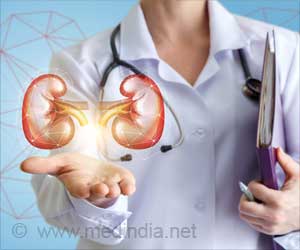

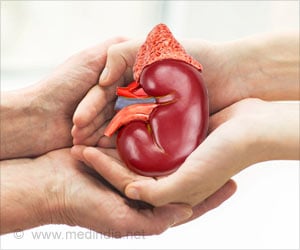
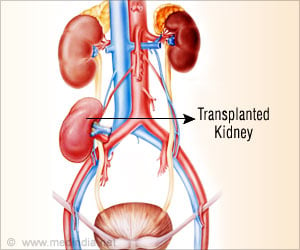
 Email
Email






